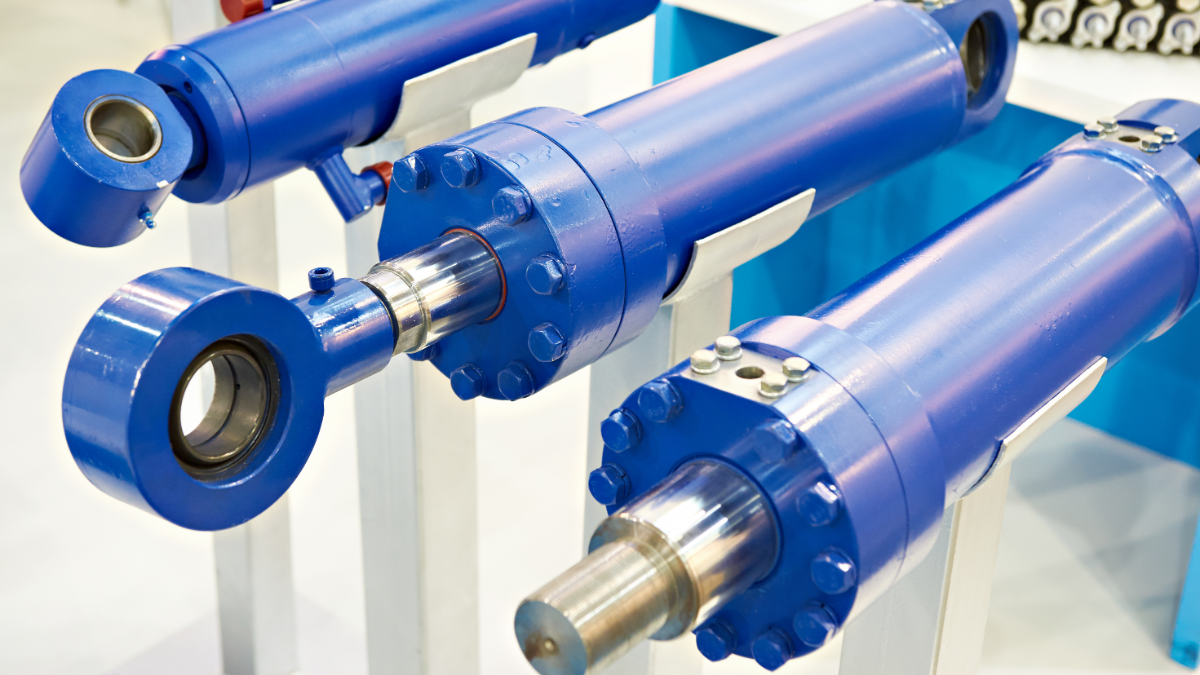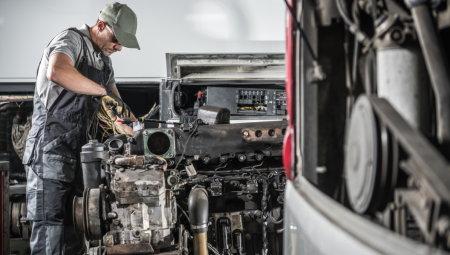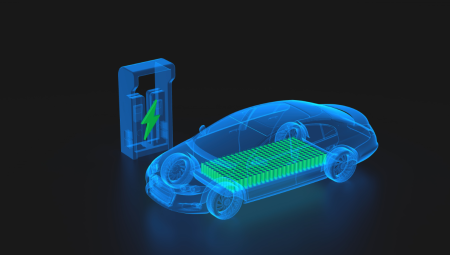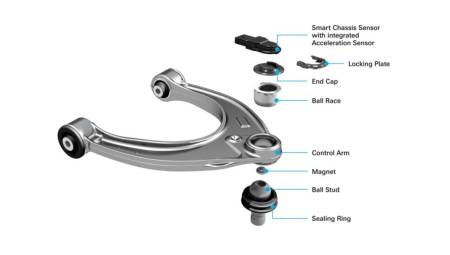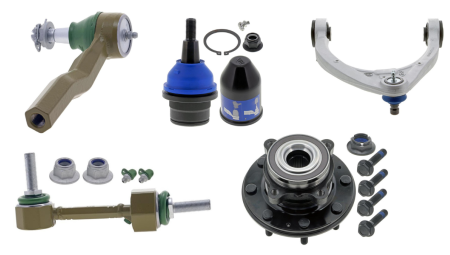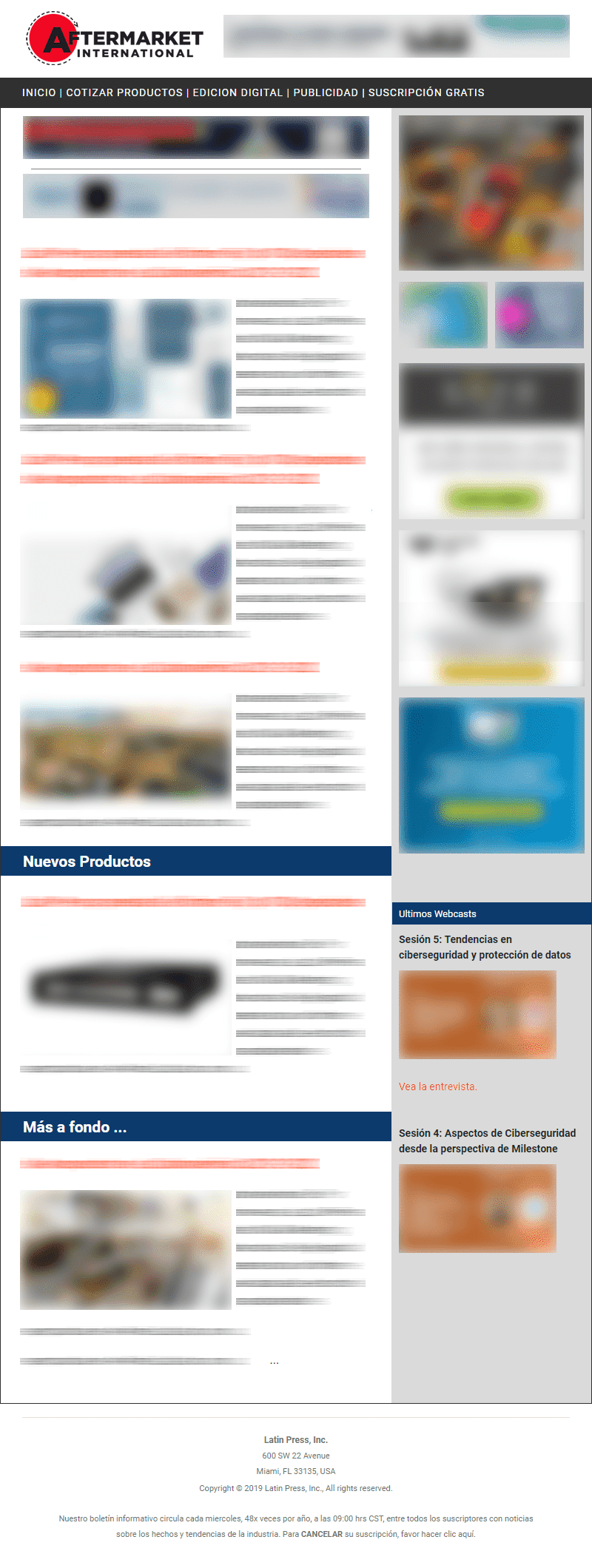A leak in a telescopic hydraulic cylinder can severely affect the performance of the equipment. This guide provides the key steps to perform effective and safe corrective maintenance.
By María Zoraida Gallo*
Telescopic hydraulic cylinders are crucial components in the operation of dump trucks and other loading equipment, allowing the lifting and lowering of the platform in a controlled manner. Below, we will explore the process of corrective leak maintenance on this type of cylinder.
Initial diagnosis:
The first step in corrective maintenance is to identify the source of the leak. This is done by a visual inspection of the cylinder, paying attention to the presence of oil in the seals and around the cylinder body. Once the leak has been located, the cylinder is disassembled for a more detailed analysis.
Disassembly and analysis:
With the cylinder removed, it is carefully disassembled. During this stage, seals, gaskets, and internal surfaces are inspected for any wear, cuts, or damage that may be causing the leak. It is critical to clean and check every component to ensure an accurate diagnosis.
Component replacement:
Once the source of the leak has been identified, the damaged seals and gaskets are replaced with new, high-quality spare parts. In this process, it is crucial to ensure that all components are properly adjusted and lubricated, to prevent future leaks.
Reassembly and testing:
Once the replacement of the components is complete, the cylinder is reassembled and reinstalled in place. Subsequently, functional tests are carried out under load to ensure that the leak has been corrected and that the cylinder operates efficiently.
Importance of corrective maintenance:
Corrective maintenance not only restores cylinder functionality, but also prevents further damage to the hydraulic system and ensures the operational safety of the equipment. In addition, a well-maintained cylinder contributes to operational efficiency and extended equipment life.

 María Zoraida Gallo,
María Zoraida Gallo,
Hydraulic & Spare Parts Manager H&R


